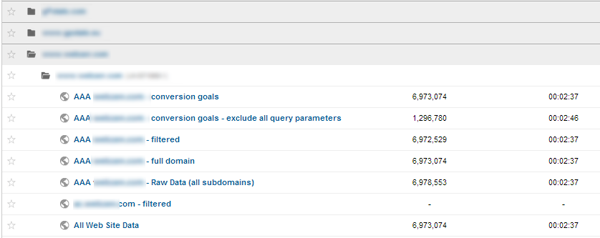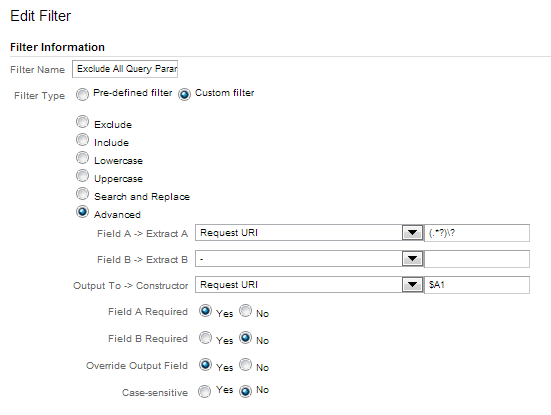The Challenge
This plan was devised and implemented for a company managing approximately 30 domain and subdomain instances across six different languages and markets, each previously tracked in separate Google Analytics accounts. The existing setup presented several challenges:
1) Conversion funnels, particularly account registrations starting from various subdomains and concluding on a “thank you” page within the main domain, couldn’t be properly configured. This hindered the ability to establish funnels and goals, thereby impeding conversion tracking across different subdomains. 2) Traffic from subdomains to the main domain was incorrectly categorized as new or returning visits within the main domain’s GA account, resulting in inflated visit counts across the website and its subdomains. 3) Visitors moving between the main domain and subdomains were erroneously counted as exits or bounces in analytics reports. 4) The Google Analytics setup was outdated and had not been migrated to Universal Analytics.
Simultaneously, the company was transitioning to new domain and subdomain names across all websites—from www.olddomainname.com to www.newdomainname.com and from subdomain.olddomainname.com to subdomain.newdomainname.com. Some subdomains were experiencing traffic volumes as high as 2 million visits per month.Old GA settings:

The Solution
1) Implemented a new Universal Analytics account while preserving historical data from the previous account.
2) Enabled sub-domain tracking across all domain and subdomain instances by deploying the same Universal Analytics code uniformly using internal tools for placement.
3) Configured separate folders within Google Analytics for each subdomain to ensure granular tracking and reporting capabilities.

4) Established an unfiltered view to capture and archive raw data from all company websites.
5) Set up a dedicated view to focus solely on tracking conversion goals, implementing filters to exclude query parameters from URLs for cleaner and more accurate reporting.

6) Created detailed funnels within the Conversion Goals view to track key performance indicators (KPIs), specifically registrations originating from various subdomains across the company’s websites.

Results
1) Funnels are now effectively utilized to monitor drop rates across each stage of the conversion process:

2) Conversion rates from different sources and mediums are tracked through comprehensive reports within the Conversion Goal View, utilizing the Behavior tab to analyze landing pages and secondary dimensions like traffic sources.



